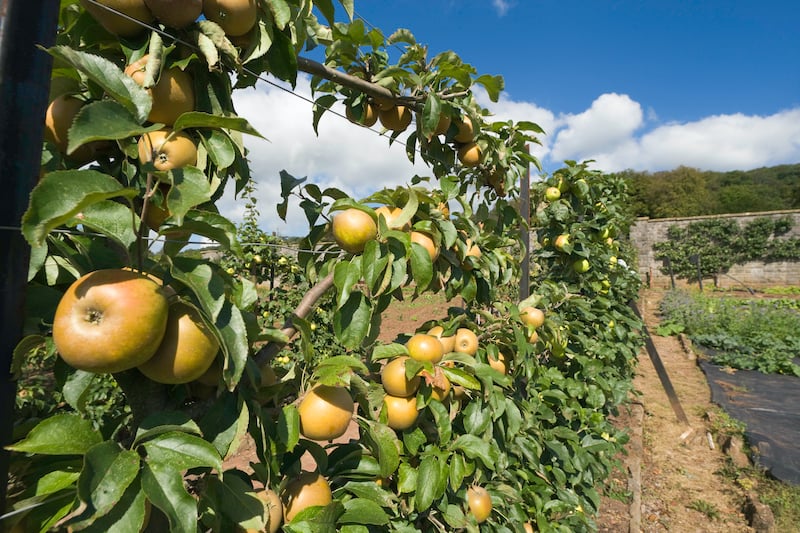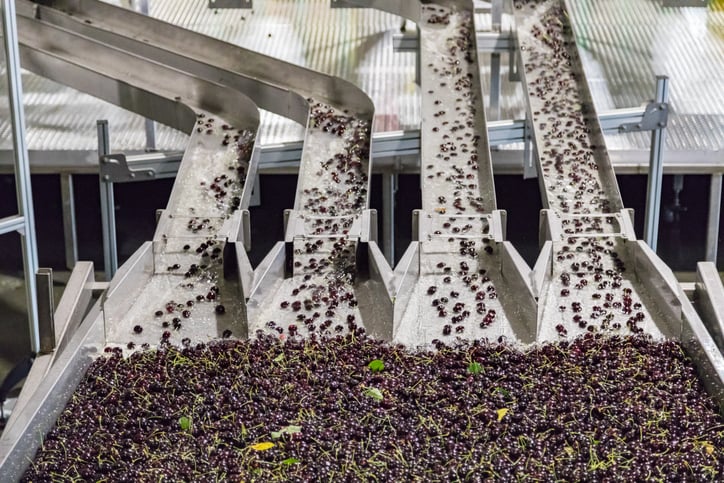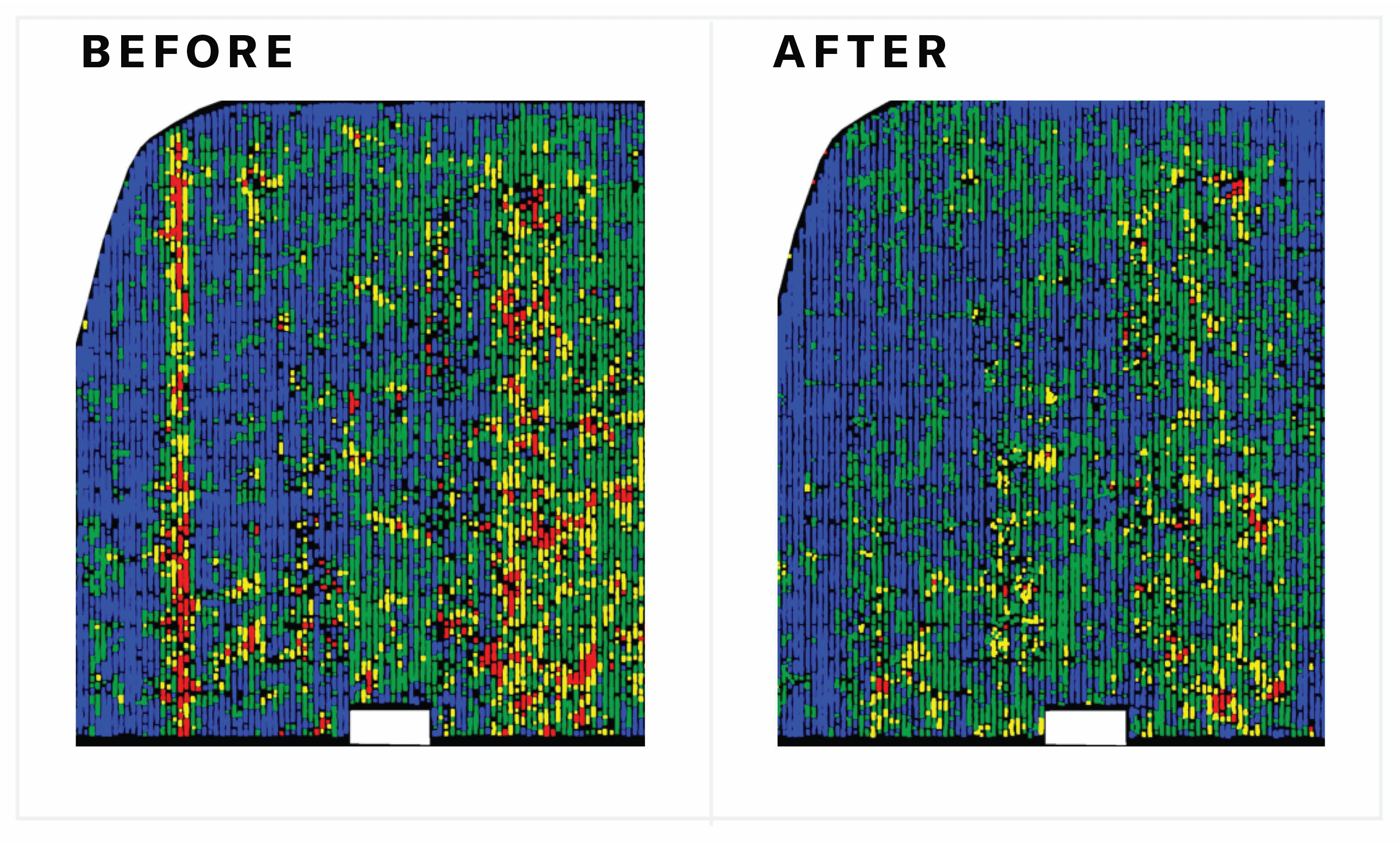In sensitive fruit crops like apples and cherries, irrigation can heavily influence how trees grow and use nutrients—and ultimately determine fruit size and quality.
The optimal irrigation strategy for an apple or cherry orchard depends on a range of factors, from varietal and tree age to row spacing, soil type, topography, and climate. Aerial data can make it easier to determine the right approach by offering insights that account for the variability in these factors across your orchard.
Why is precise irrigation management so important in these fruits?
In apples and cherries, trees that have received too much or too little moisture can be prone corking and bitter pit. Both are issues related to calcium content that can potentially result in lower yields and fruit quality.
In hot weather, for example, higher rates of evapotranspiration can cause calcium to accumulate in leaves rather than in fruit. That accumulation can't be reversed.
Water stress can also result in reduced fruit size or distorted fruit shape, while excessive moisture encourages the spread of soil-borne diseases, hurting roots’ health and ability to take up nutrients.

Walking the line between over- and under-irrigating becomes more challenging as you begin to account for variability across the orchard. Besides changing topography, many growers also manage soils of different textures and depths, all within the same field. Differing soils can have very different water-holding capacities: for example, sandy soils cannot hold as much water as silts or clays.
When is it most important to get irrigation right?
There are specific times during the growing season when a lack of water can be especially detrimental to fruit production.
The most rapid cell division in fruit occurs in the month or so after full bloom. Applying the right amount of water at this time is critical to achieving desired fruit size and quality at harvest. Too little water can reduce fruit set, limit fruit per cluster, and even lower yields in subsequent years.

In stone fruit, the final fruit swell phase—approximately two to three weeks before harvest—is also an especially important time to ensure that trees receive enough water for fruit growth. During this phase, it’s critical to avoid applying excess water: this can lead to fruit cracking or splitting, making them unmarketable.
How can aerial data help determine the best irrigation strategy?
When it comes to deciding exactly how, where, and when to irrigate, aerial data offers cherry and apple growers a distinct advantage over relying solely on scouting or in-field sensors.
An aerial perspective can help visualize variability across the orchard, revealing the effect of factors such as topography and soil type on irrigation performance. Ceres Imaging customers can pair their aerial imagery—including water stress, chlorophyll, and NDVI data—alongside EC or EM soil maps, irrigation layouts, and other relevant details. This integrated view makes it easier and more intuitive to perceive relationships between variability and orchard performance.
Aerial data allows Ceres Imaging customers to pinpoint areas of water stress. Given the uptick in extreme heat events in the Pacific Northwest, with some growing regions experiencing multiple days over 105+ degrees this past season, timely response to irrigation issues is critical to protecting yields. Especially for growers managing complex, multi-layered systems—some combining drip line, micro-sprinklers, and overhead cooling—there’s opportunity to resolve threats to yield that might otherwise be easy to miss.
 The linear pattern in the grower’s aerial imagery at left revealed clogged lines and weak pressure. At right, the same field with the irrigation issue corrected.
The linear pattern in the grower’s aerial imagery at left revealed clogged lines and weak pressure. At right, the same field with the irrigation issue corrected.
Because Ceres Imaging now provides aerial data for apples and cherries at the individual tree level, growers can also use aerial data to quantify the impact of irrigation issues, and use this information to prioritize field activities. New analytics tools make it possible to quickly sort trees by varietal or stress level and track changes tree health over time.
Contact us to learn more about using aerial imagery and analytics tools to optimize irrigation in your apple or cherry orchard.
